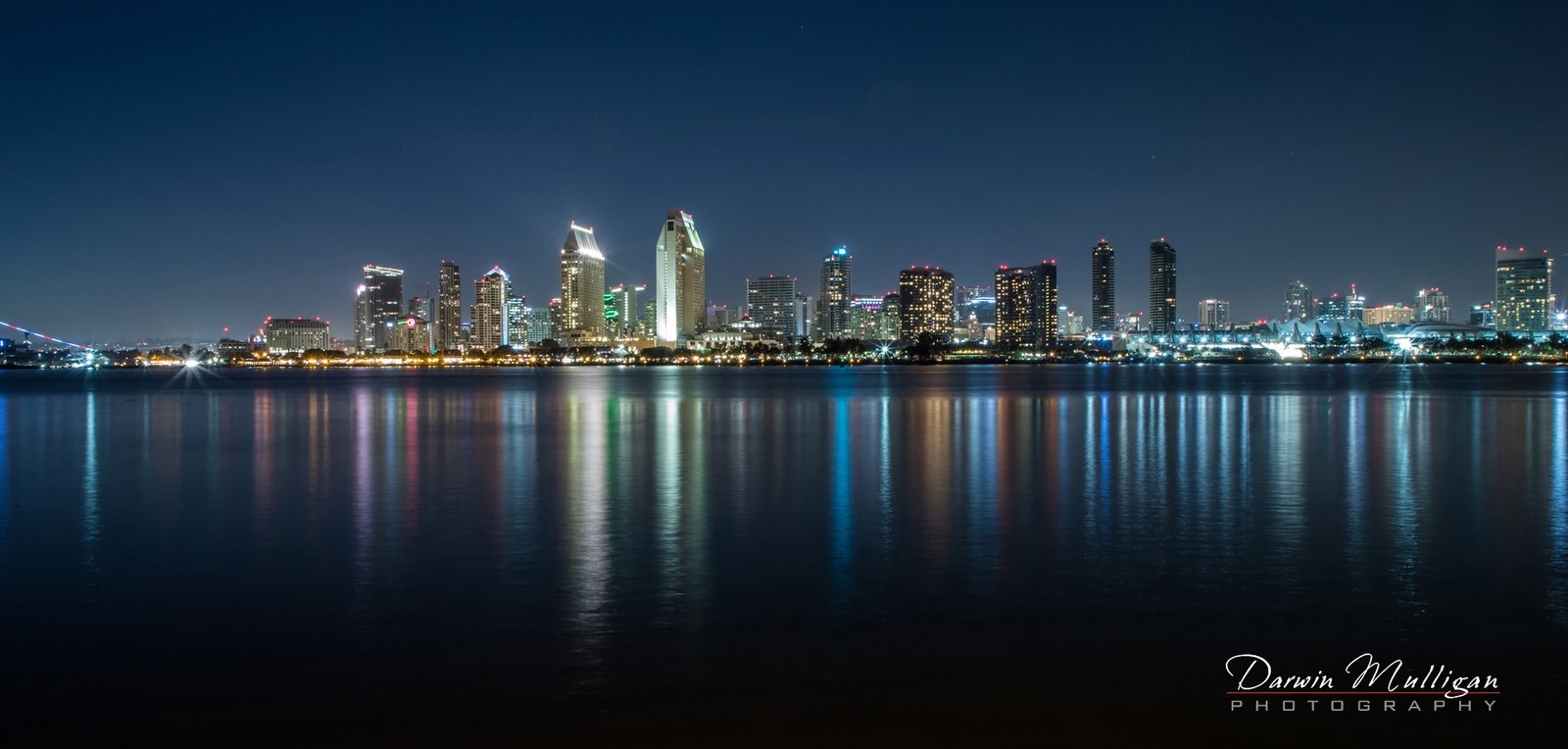
California Landscape Photography
by: Darwin A. Mulligan

The best time to visit Joshua Tree National Park is at Sunrise and/or Sunset. Not only do you get the best light for photography, the rest of the tourists are still sleeping! I love to photograph trails, roads, and highways. I drove right past this spot, and only noticed it as I happened to glance in the rear view mirror. Instantly stopped and turned around. As there was very little traffic at dawn, I set up the tripod at a very low height, in the middle of the road. My assistant carefully watched for traffic while I captured this image of a Joshua Tree and Highway in the pre-dawn light.
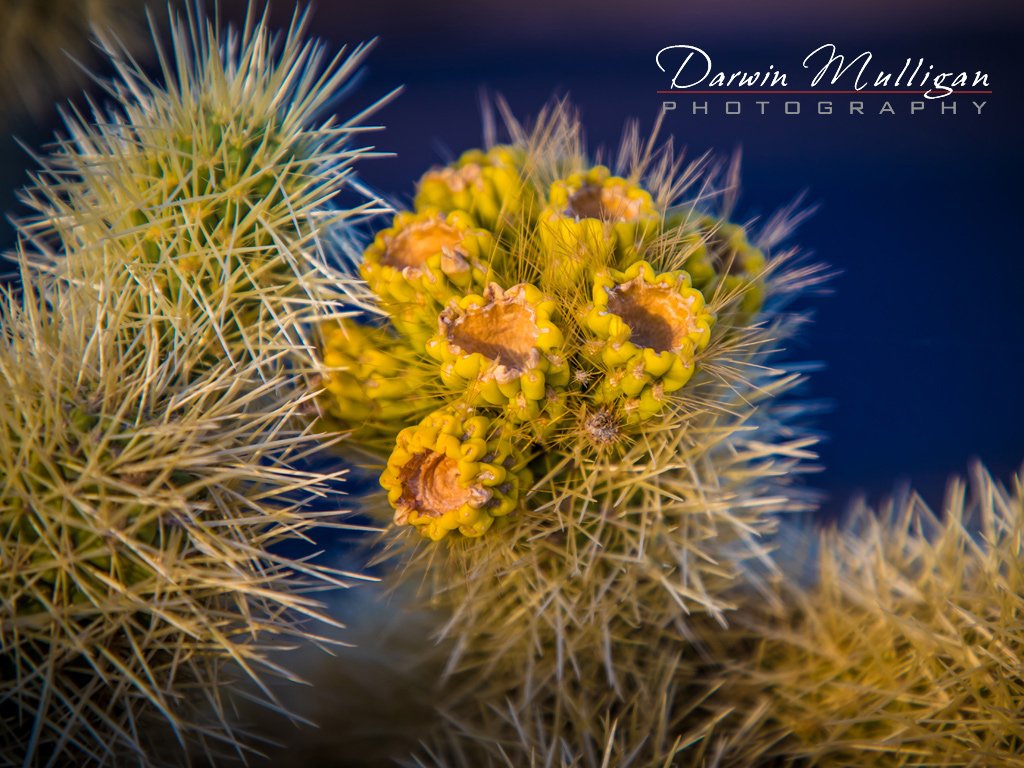
Joshua Tree National Park

I love taking photos of scenic highways. This is the highway through the south portion of Joshua Tree National Park, very early morning.
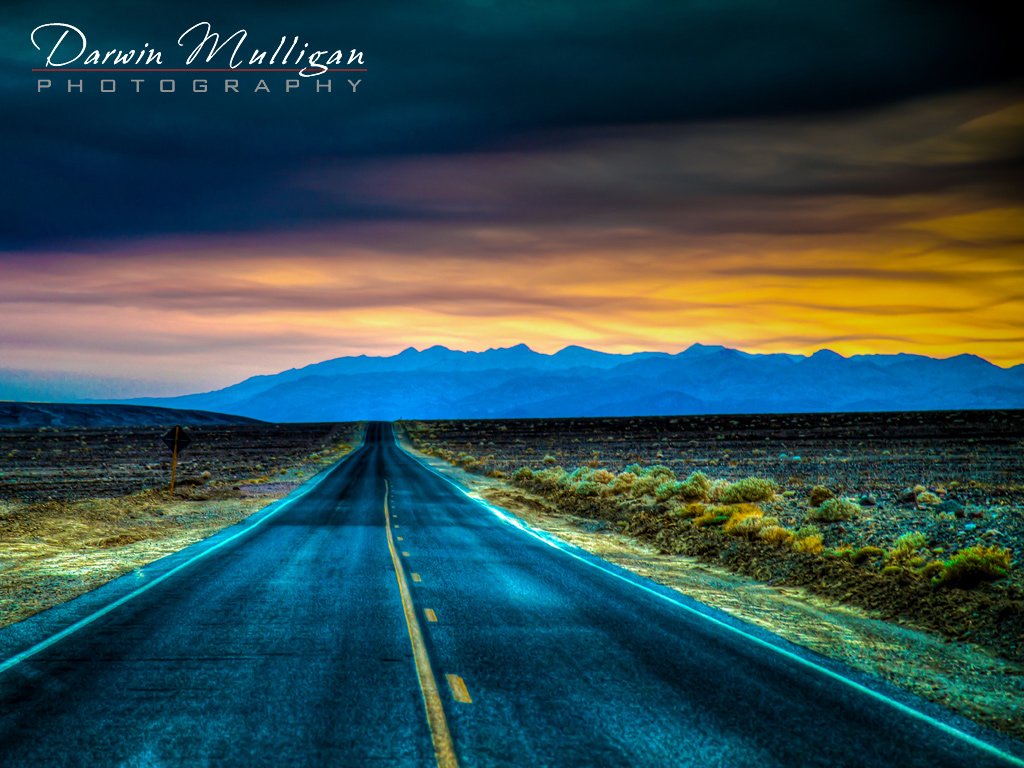
Over 100 degrees F. in the pre-dawn light in Death Valley National Park. I like early morning and late evening photography as the light is better, and there is less traffic.
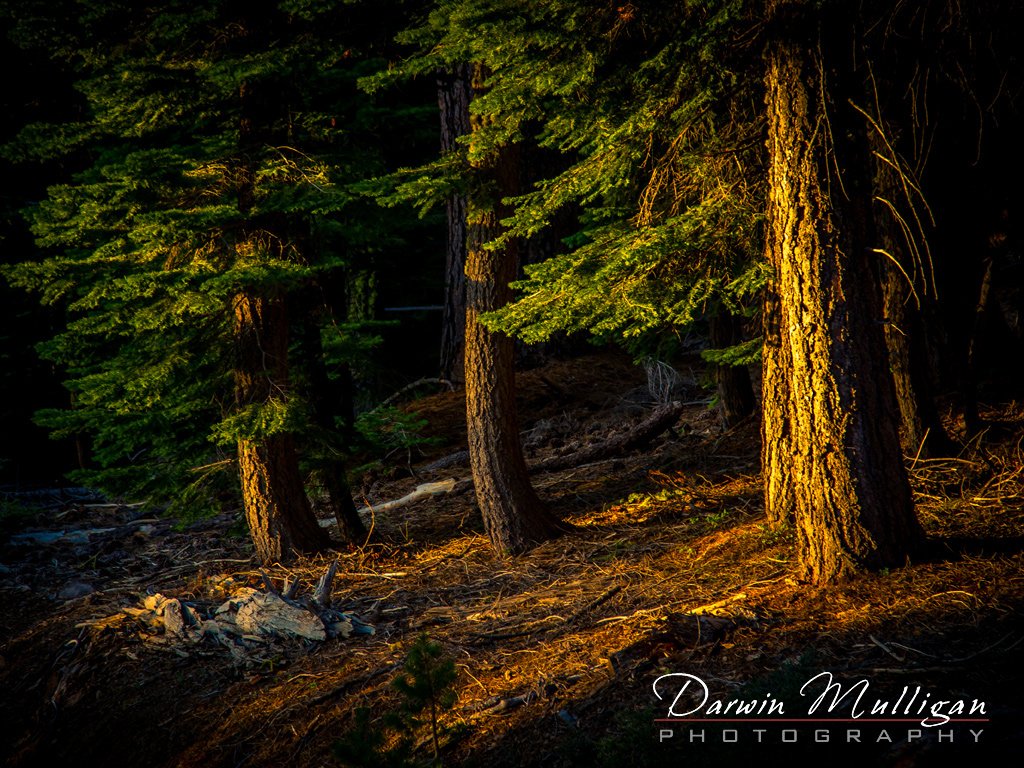
Late afternoon sunshine through the trees at Calaveres State Park

Sunrise at Zabrisky Point in Death Valley National Park.
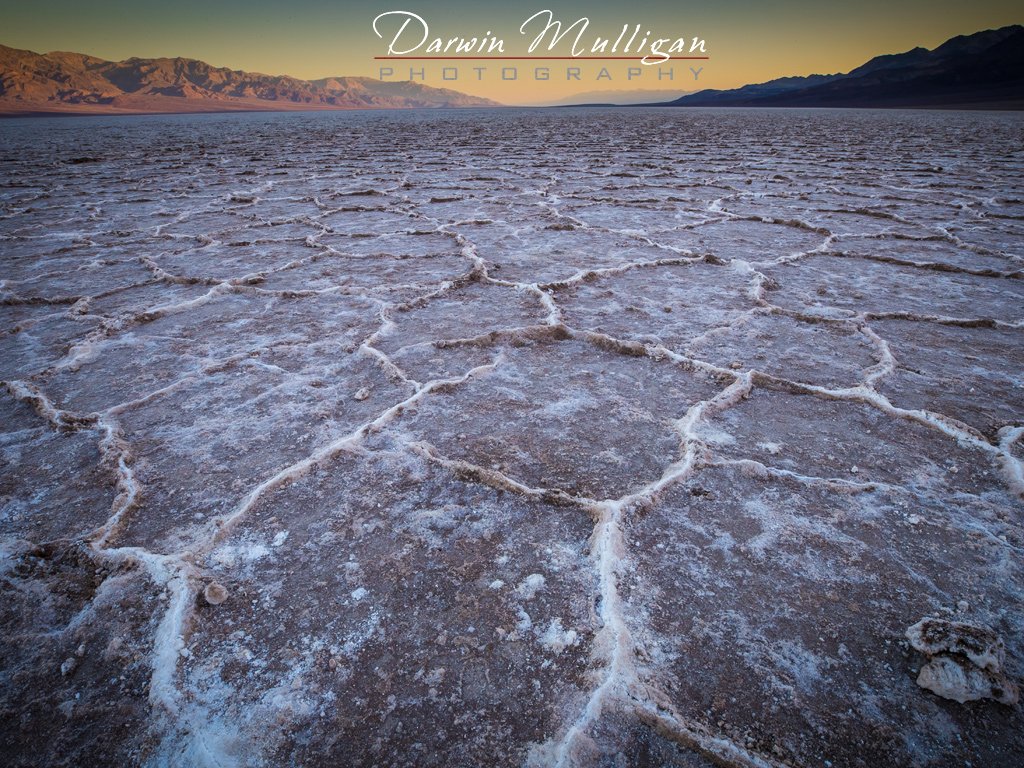
In order to be at the Salt Pans at Badwater, Death Valley National Park for the best light, I had to get up about 3 hours before sunrise, and drive out to the parking lot at Badwater Basin (282 feet below sea level). I walked about one mile out onto the salt flats to get to the interesting patterns. After I found this composition, all I had to do was wait for sunrise to light up the mountains in the background.
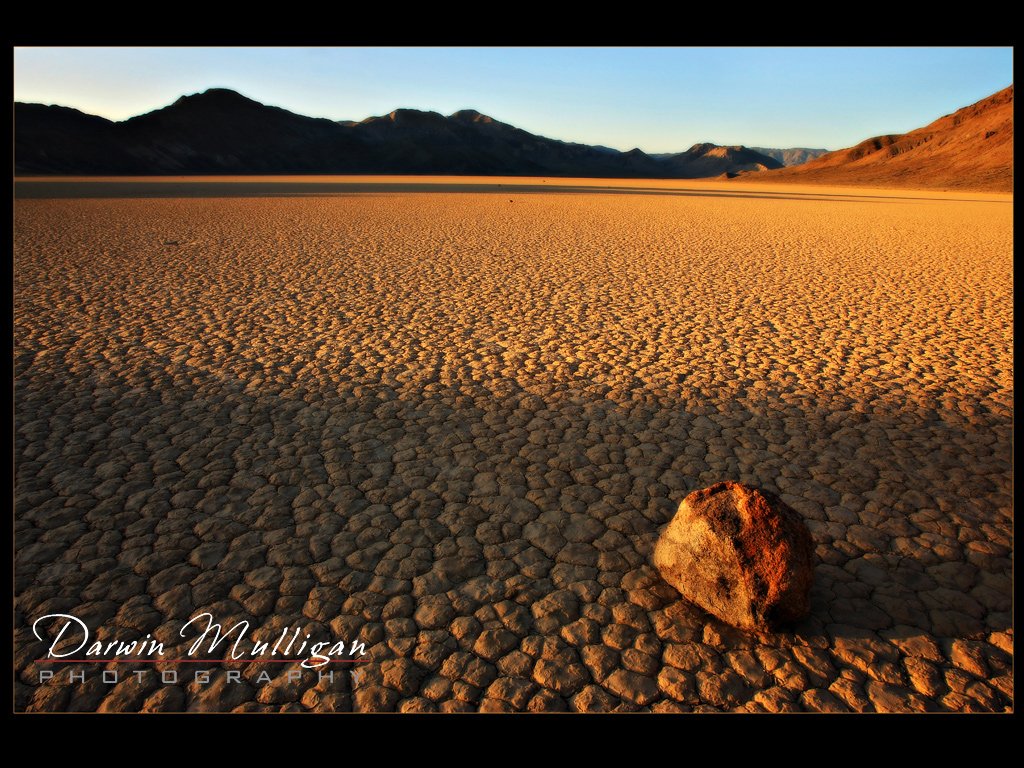
I’ve always loved landscape photography. Locations are scouted out during the day to decide if the scene will look better at sunrise or sunset. Once the location and time are decided, the camera is set up well in advance of the best light. Waiting for the magic moment is the hardest part. This image was judged against the best professional photographers in Canada (PPOC – Professional Photographers of Canada) and won “best in class”.
To get here involves driving 23 miles over very rough terrain (a 4 wheel drive truck is the best!). Of the numerous times I’ve photographed at this location, I’ve only seen one other person. When it rains in this part of the desert, the playa (dry lake bed) becomes very slippery. Strong winds actually move rocks (notice the trail behind the rock). This image was taken just before sunset to maximize the texture of the dry lake bad and to show the rock trail. Sometimes, there will be numerous rock trails, hence the name “Death Valley Racetrack”.

Sand Dunes at sunset just East of Stovepipe Wells, Death Valley National Park
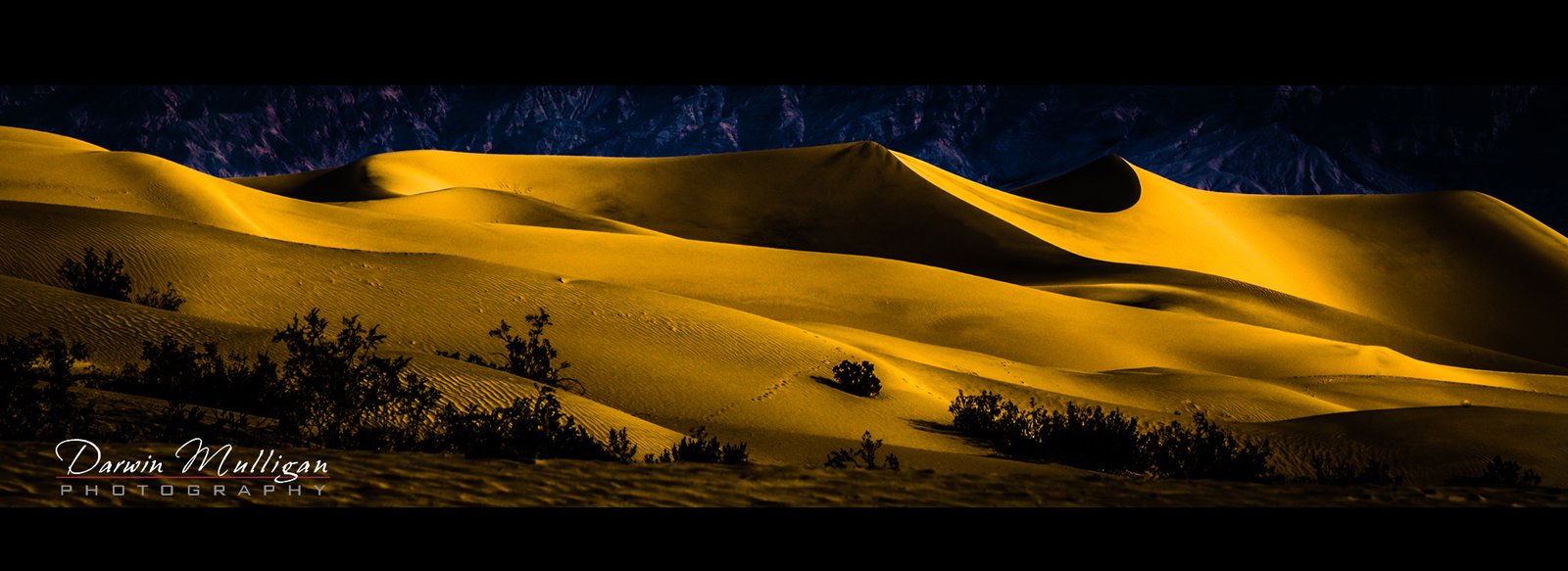
The Sand Dunes East of Stovepipe Wells in Death Valley National Park can be photographed with a long telephoto lens just steps off the parking lot. For a better perspective, take one camera body and one lens (so you don’t get sand in the camera body when you change lenses), and go for a nice hike amongst the sand dunes. Don’t forget – the Dunes are farther away than they look. Also, don’t forget WATER !
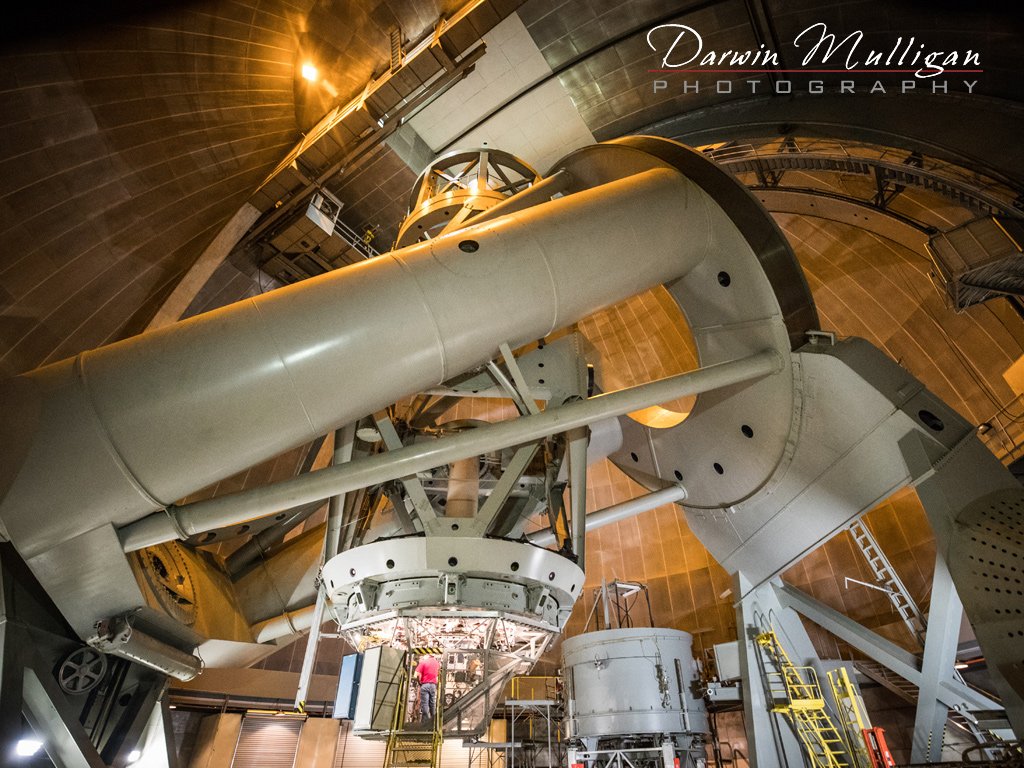
Mount Palomar Observatory
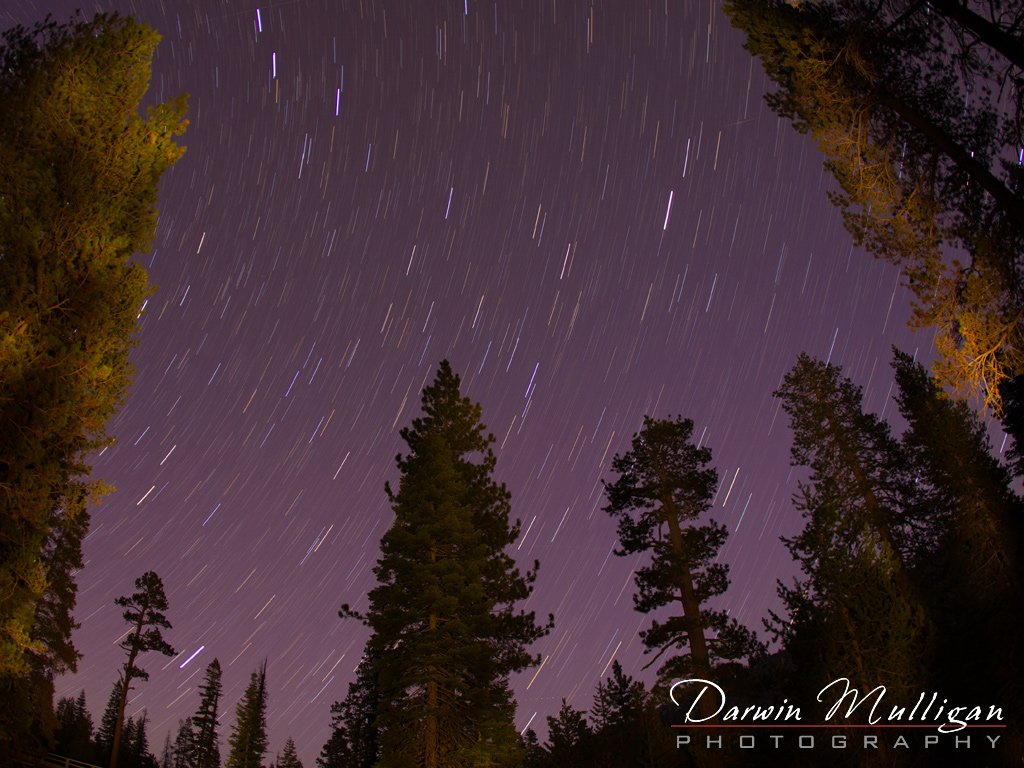
Star trails and trees, Calaveres State Park
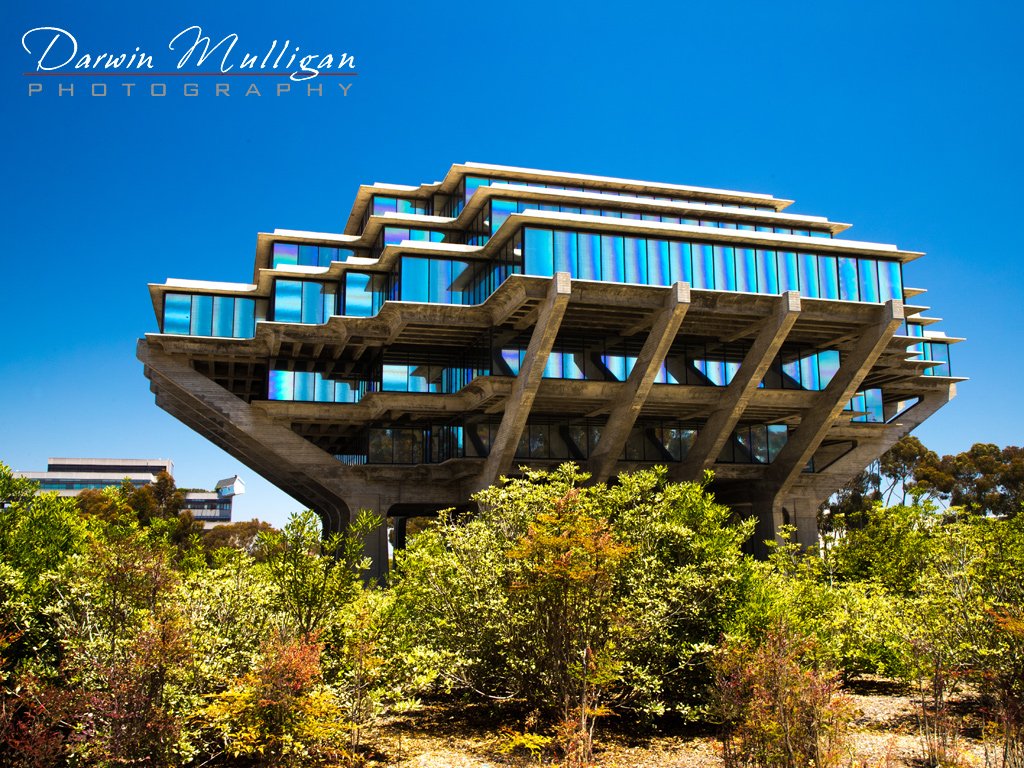
The Geisel Library is located at UCSD (University of California at San Diego). It was difficult to find a parking spot, and then to find the library. This is probably the most amazing looking library in the Universe!
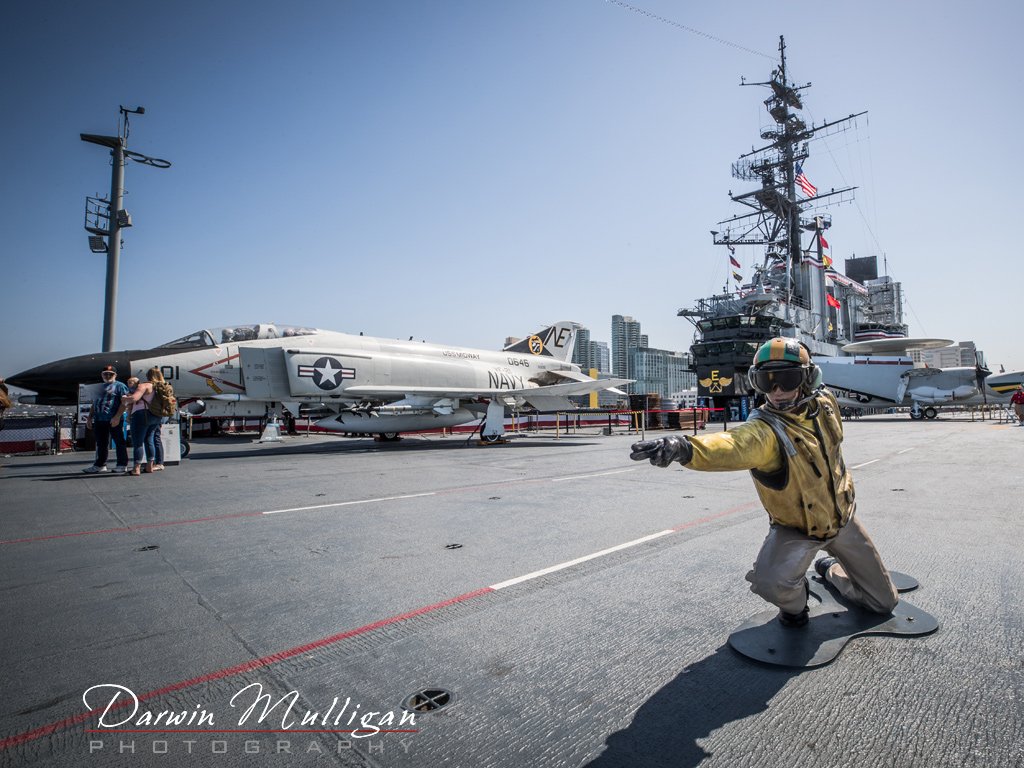
On the flight deck of the USS Midway Aircraft Carrier, docked in San Diego Harbor.

One of the Control Rooms of the USS Midway Aircraft Carrier, docked in San Diego Harbor
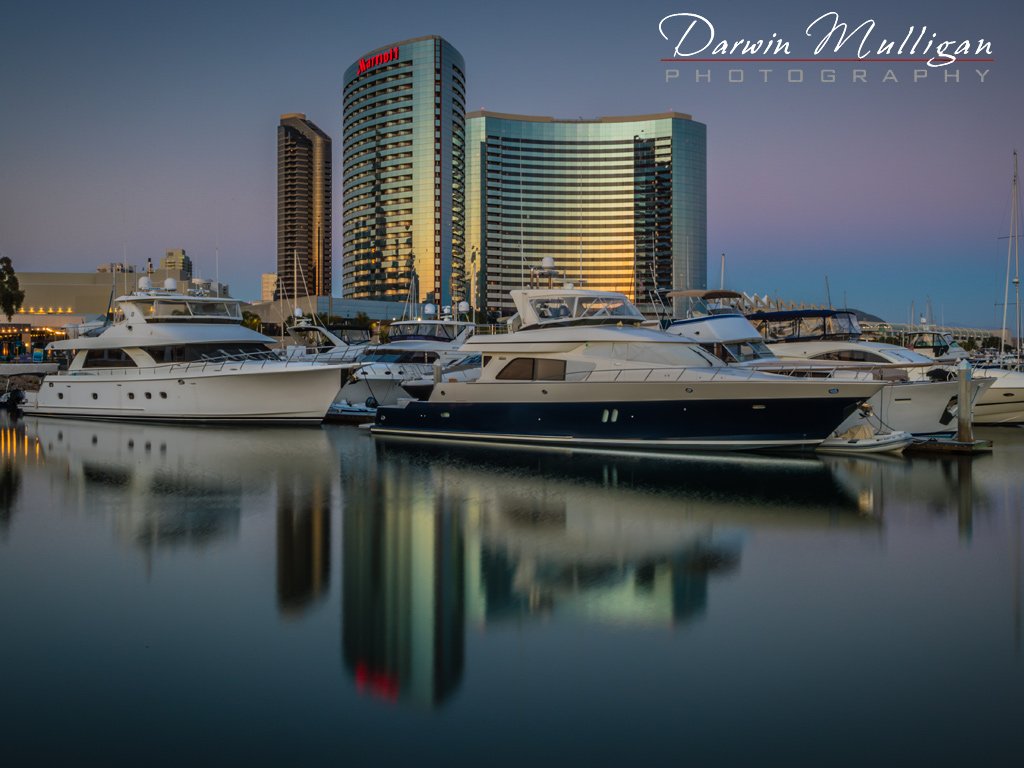
A gorgeous evening downtown San Diego, with the Marriott Hotel in the background.
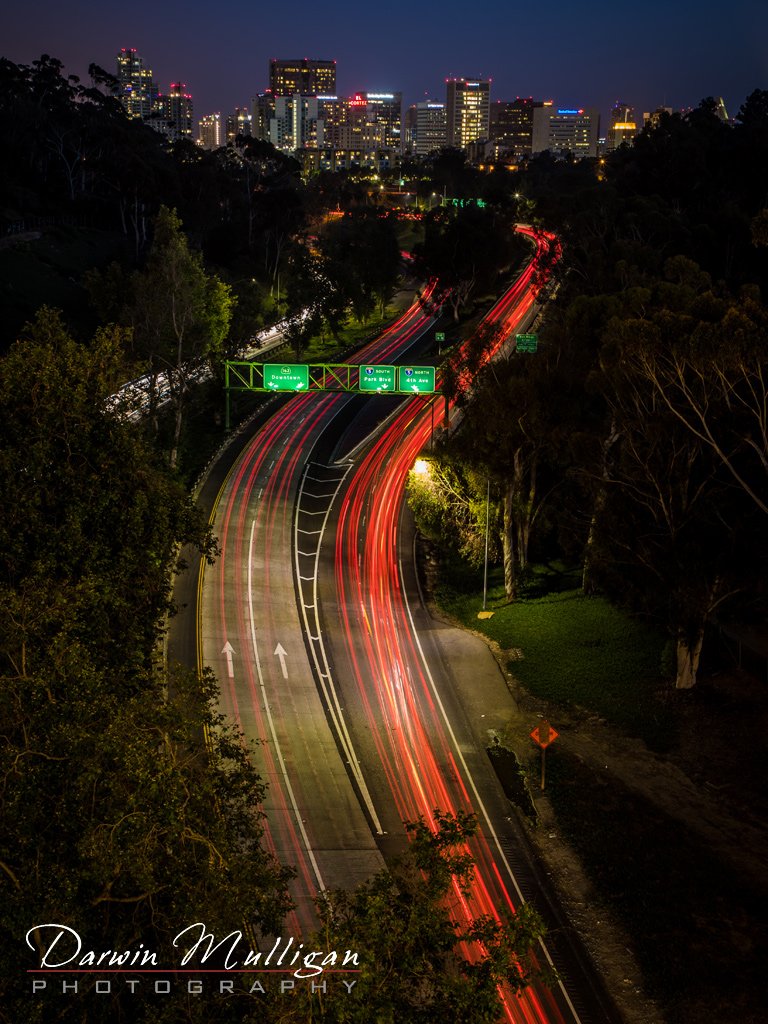
The view from Cabrillo Bridge in San Diego is a great spot to get vehicle tail lights and the lights from downtown.

Catching the last bit of sunset at Scripps Pier in LaJolla
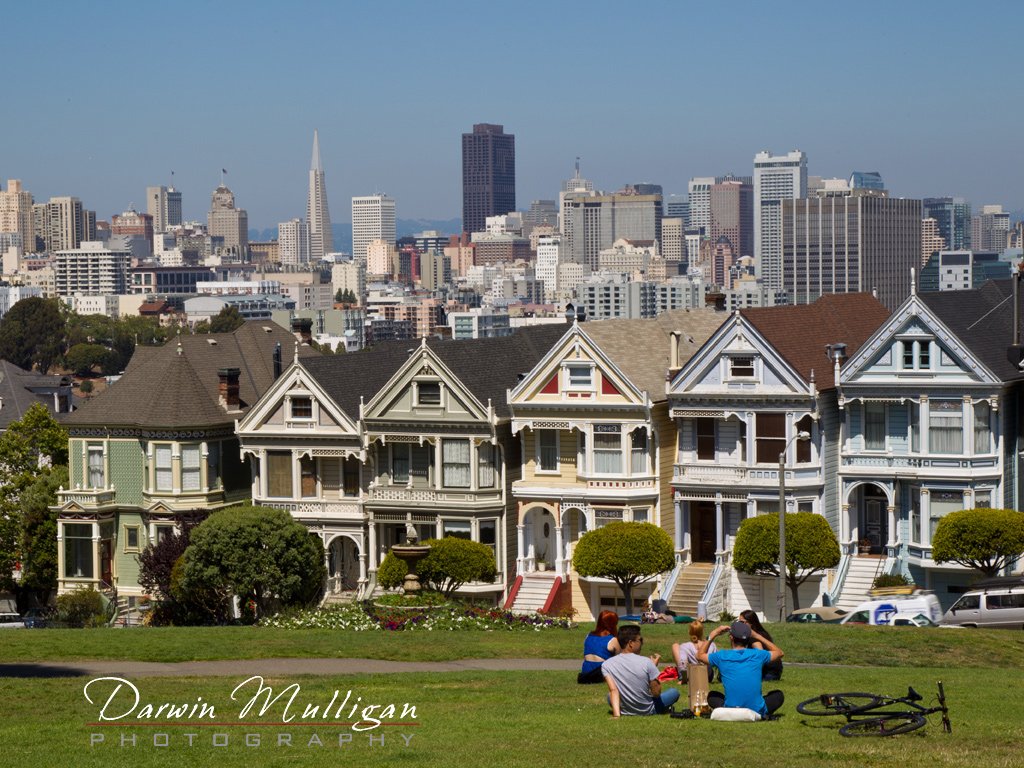
A classic, iconic image of Victorian Houses with downtown San Francisco in the background.

The San Francisco Golden Gate Bridge disappears into the fog.

Please contact us to discuss your photography project ... Or to purchase a fine art landscape.
Investment cost
Call Us
780-462-2241
